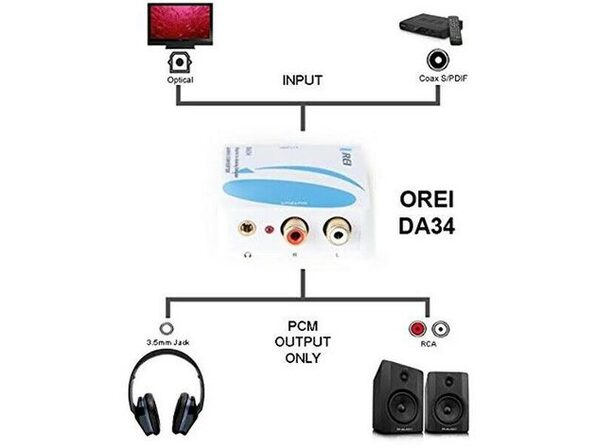

We must now think in terms of two axes: Left/Right and Front/Back. In that context, any attempt at recreating a continuous, isotropic sound field is pointless. It’s a bit sad, but we must assume that the average home theater installation won’t be optimal: speakers of different sizes, with different frequency responses and directivities, installed at wrong angles (let’s hope at least that the consumer has run the THX Optimizer found on many popular DVDs and the speakers relative position and polarity is OK). 5.1 has a clear bias for frontal directional information.Īmbisonic must then play the «5.1 game» to achieve the best possible result in a home theater setup. In short, Ambisonic is about unbiased playback of directional information over 360°, it does not favor any direction or quadrant over another: 5.1 surround is about an extremely precise frontal field and a side/rear field relegated to ambience and much less precise directional information.Ambisonic performs better with even angular spacing between speakers: 5.1 surround have speakers spaced at 30, 80, 140, 80 and 30° apart.

Ambisonic performs better with facing (180° apart) speakers: in 5.1 surround, none of the speakers face one another.Ambisonic performs better with an even number of speakers: 5.1 surround, or the upcoming 7.1 for that matter, features an odd number of speakers.What is the best way to decode B-Format to 5.1 surround? To answer, let’s compare what is needed for Ambisonic to perform well in playback with the typical home theater setup. We are interested in what comes before that. Our focus though is not on what encoder might be used when the audio stream is being mastered for DVD or HD broadcast. Ambisonic G-Format on DVD-Video, and more generally any type of «surround sound» on DVD-Video, can use either Dolby Digital or DTS for storing the information (and supposedly uncompressed PCM, but we haven’t seen evidence of this claim). Pre-decoded B-Format for home theater, 5.1 surround, has been dubbed «G-Format». It is for these reasons that we’ve seen in the past ten years the emergence of proponents of pre-decoded B-Format to be stored and distributed on widely available media, like DVD-Video. But even then, the exercise of decoding requires a computer and interfacing it with a home theater system or a dedicated multispeaker array.
DOLBY 5.1 DECODERS SOFTWARE
For various reasons, hardware decoders have always been hard to find and it's only recently that software decoders have been more widely available. The B-Format stream has to be decoded to a speaker-ready stream (historically referred to as «D-Format»). The Ambisonic B-Format is a multichannel surround sound format that is not intended to be directly played back on loudspeakers. The files available there have a «.amb» extension: if the DAW can't recognize the files, replace the «.amb» with «.wav». We recommend the following book as the reference on Ambisonics audio production, including up to date information about decoding B-Format for 5.1 surround sound:Īmbisonics: A Practical 3D Audio Theory for Recording, Studio Production, Sound Reinforcement, and Virtual RealityĪmbisonic B-Format files can be downloaded from the Ambisonia website. The information on this page is now obsolete.įor ambisonic production, including decoding to various surround sound formats, we recommend using the following VST plug-ins:Īalto University SPARTA and COMPASS plug-ins | IEM Plug-in Suite | Matthias Kronlachner's ambiX plug-ins | Blue Ripple Sound's O3A Core suite

Ambisonic Studio | Decoding B-Format Music to 5.1 Surround


 0 kommentar(er)
0 kommentar(er)
